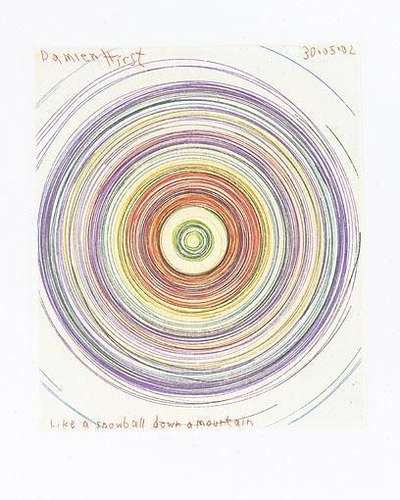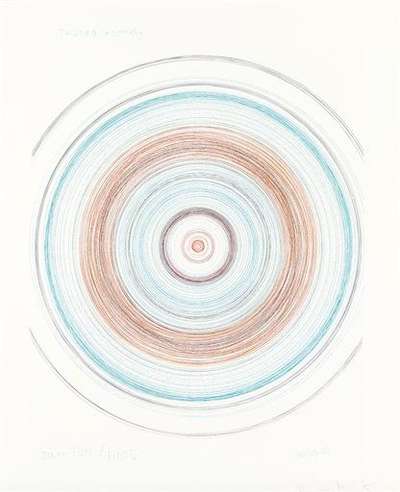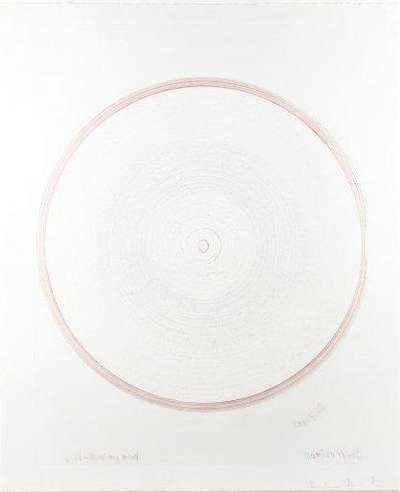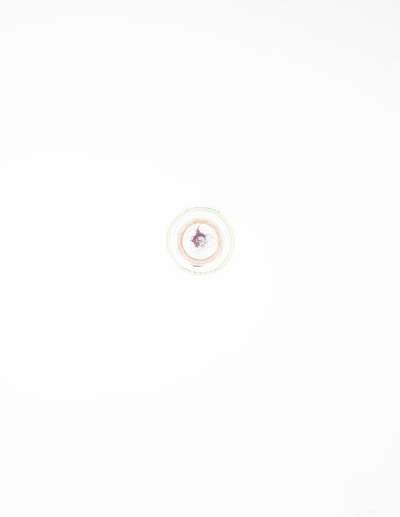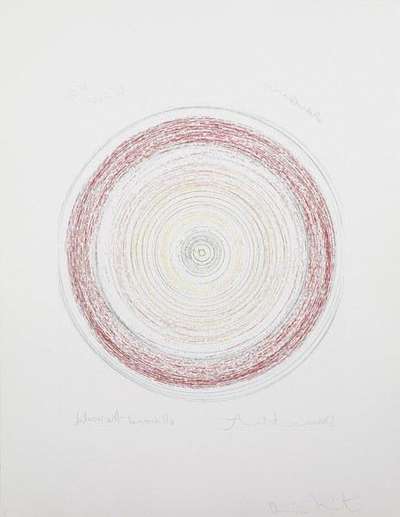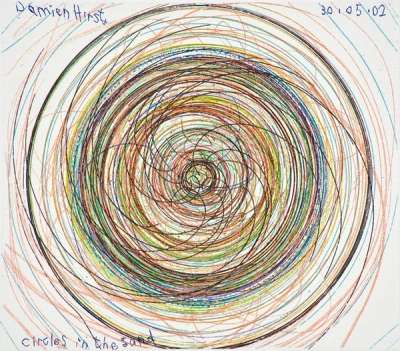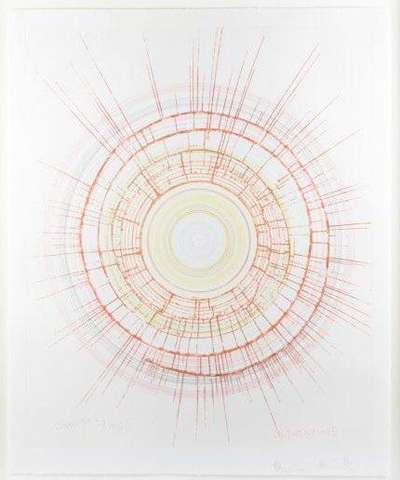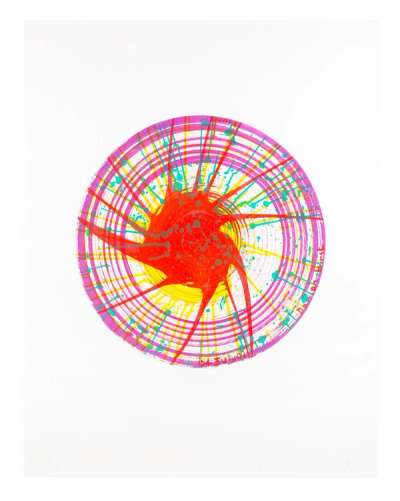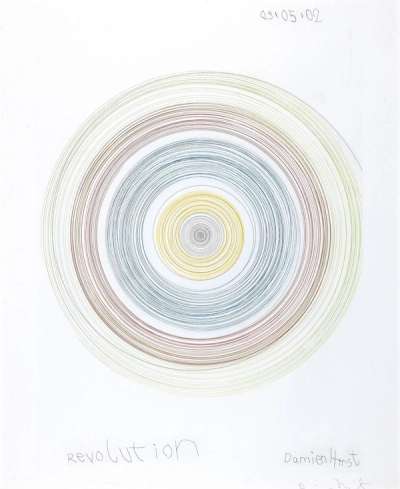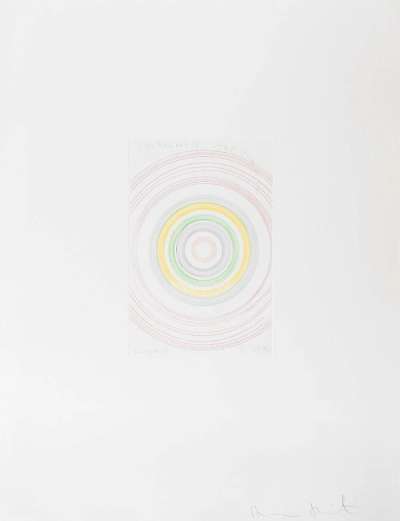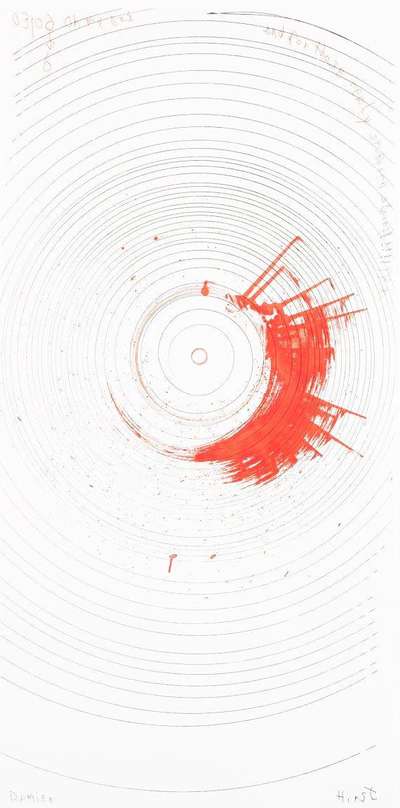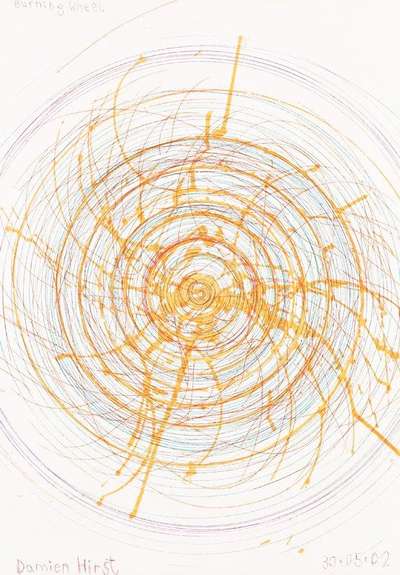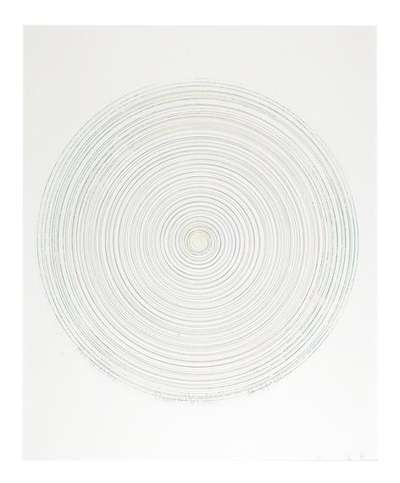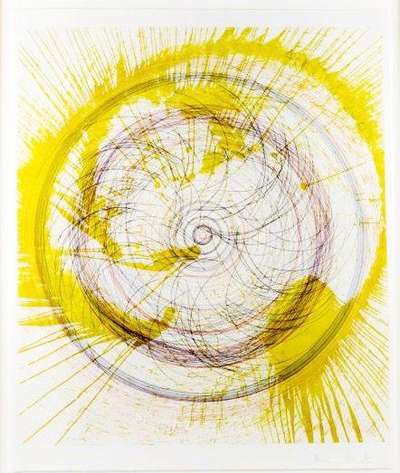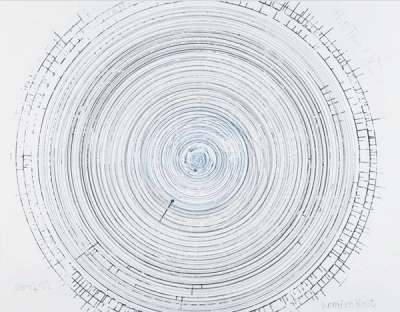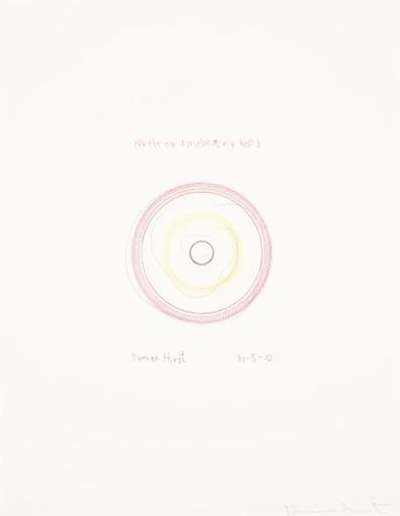
Helter Skelter

Helter Skelter
Signed Print
Damien Hirst
£3,400-£5,000Value Indicator
$7,000-$10,500 Value Indicator
$6,500-$9,000 Value Indicator
¥35,000-¥50,000 Value Indicator
€4,000-€6,000 Value Indicator
$35,000-$50,000 Value Indicator
¥640,000-¥950,000 Value Indicator
$4,500-$6,500 Value Indicator
AAGR (5 years) This estimate blends recent public auction records with our own private sale data and network demand.
There aren't enough data points on this work for a comprehensive result. Please speak to a specialist by making an enquiry.
Medium: Etching
Edition size: 68
Year: 2002
Size: H 78cm x W 74cm
Signed: Yes
Format: Signed Print
TradingFloor
Track this artwork in realtime
Watch artwork, manage valuations, track your portfolio and return against your collection
Track auction value trend
Auction Results
| Auction Date | Auction House | Location | Hammer Price | Return to Seller | Buyer Paid |
|---|---|---|---|---|---|
| July 2023 | Leonard Joel, Melbourne | Australia | |||
| May 2015 | Bonhams New York | United States | |||
| December 2014 | Ketterer Kunst Hamburg | Germany |
Meaning & Analysis
Published as part of Damien Hirst’s second volume of In A Spin, The Action Of The World Upon Things, Helter Skelter is an etching from 2002. The print shows concentric circles in the centre of the composition, rendered in thin, scratchy lines, producing an image that is energetic and dynamic.
The In In A Spin, The Action Of The World Upon Things portfolio is an extension of Hirst’s very well known Spin Paintings. The Spin Paintings were first conceived in 1993 at the event ‘A Fete Worse Than Death,’ alongside Angus Fairhurst. The curator Gregor Muir has recounted: “Using an inverted electric drill and a piece of wood onto which they could fasten sheets of paper, Fairhurst and Hirst set up a spin painting stall – an idea borrowed from a once popular children’s game using painting and an old record player cranked up to 78rpm. A spin painting cost £1 to produce and was signed by both artists on the reverse. In Hirst’s case, the idea proved too useful to be left behind, resulting in his subsequent ‘Spin Paintings’.”
To create the Spin Paintings Hirst attached a large circular canvas to a spin machine in his studio, then throwing paint onto the spinning canvas to create abstract painterly marks. The etchings in this portfolio were produced using a very similar technique, attaching copper plates to the machine, and drawing the spiral lines with needles, screwdrivers, and other sharp tools as they spun.
Damien Hirst, born in Bristol in 1965, is often hailed the enfant terrible of the contemporary art world. His provocative works challenge conventions and his conceptual brilliance spans installations, paintings, and sculptures, often exploring themes of mortality and the human experience. As a leading figure of the Young British Artists (YBA) movement in the late '80s, Hirst's work has dominated the British art scene for decades and has become renowned for being laced with controversy, thus shaping the dialogue of modern art.
